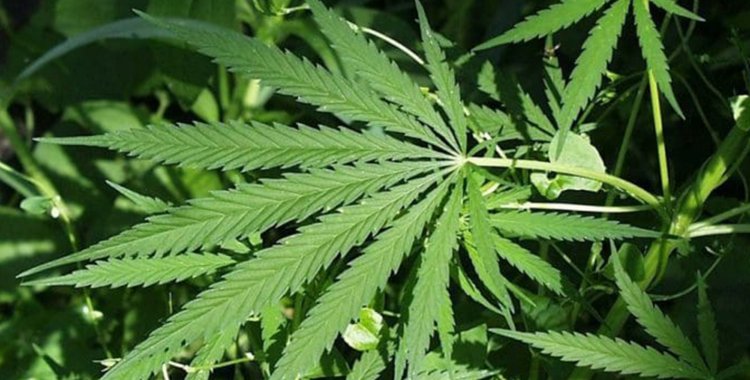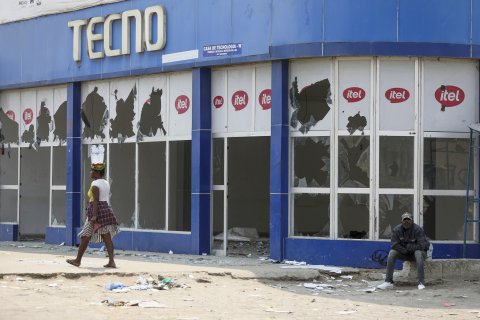According to the World Drug Report 2025, published this Thursday by the United Nations Office on Drugs and Crime (UNODC), around 10 percent of the African population aged 15 to 64 used cannabis in 2023, with a particular incidence in West, Central and Southern Africa.
In turn, according to the document, Africa accounted for 44 percent of the total amount of cannabis herb and resin seized worldwide last year.
The prevalence of opioid use reached 1.4 percent on the continent, with the non-medical use of tramadol being a major concern, especially in North Africa and West and Central Africa.
Between 2019 and 2023, "57 percent of pharmaceutical opioids seized worldwide originated in Africa", largely due to the misuse of tramadol, stressed.
Regarding cocaine use, it is increasing steadily in Africa, although available data on treatments are scarce, lamented.
West, Central and Southern Africa are recording the largest increases in cocaine use.
According to the report, "South Africa, Angola, Cape Verde, Ivory Coast, Ghana, Liberia, Morocco, Mozambique, Niger, Senegal, Seychelles, Sierra Leone and Zambia have seen an increase in treatment admissions for cocaine use disorders".
At the same time, Africa has become a strategic transit point for South American cocaine to Europe, "with significant seizures near the coast, particularly in West Africa".
The UN warned that traffickers are taking advantage of a record wave of production and exploring new markets in Africa and Asia.
The report also draws attention to the increase in the use of new psychoactive substances (NPS).
While Khat remains common in East Africa, the use of synthetic NPS, such as the cannabinoids found in Kush, is growing rapidly, particularly in West and Central Africa.
Drug combinations such as Nyaope, Karkoubi and Kush pose a growing threat to public health in countries such as Guinea-Bissau, Sierra Leone and Liberia, and these mixtures often contain dangerous substances such as synthetic opioids from the nitazene group.
According to the UN agency, around 1.33 million people inject drugs in Africa, of which 204,000 (15.4 percent) were living with HIV (Human Immunodeficiency Virus) in 2023.
In turn, Southern Africa "has the highest HIV prevalence among these users" (43.2 percent), while West and Central Africa has the highest rate of people who inject drugs (0.21 percent).
Other trends highlighted in the research include the gender disparity — there is one woman for every nine men who uses cannabis — and the predominance of users under 35 among those seeking treatment, mainly due to the use of cannabis and opioids in Africa.
Heroin seizures increased in 2023, with heroin from South-East Asia entering East Africa and circulating through the other sub-regions towards other markets, such as Europe, but also Africa itself.
Methamphetamine trafficking is also on the rise in Africa.
However, despite these figures and the increase in drugs and trafficking available in Africa, treatment coverage remains uneven.
According to UNODC estimates, treatment coverage for drug use disorders in Africa is only around three per cent.
According to the UN, these specialist services are often limited to capital cities or large urban centres.
The report also highlights the growth in the non-medical use of pregabalin – a drug prescribed for epilepsy and anxiety disorders – whose recreational use has become widespread in Africa, Europe and the Middle East.
Globally, 316 million people used illicit drugs in 2023 (excluding alcohol and tobacco), equivalent to six per cent of the population aged 15 to 64. Cannabis leads with 244 million users, followed by opioids (61 million), amphetamines (30.7 million), cocaine (25 million) and ecstasy (21 million).







